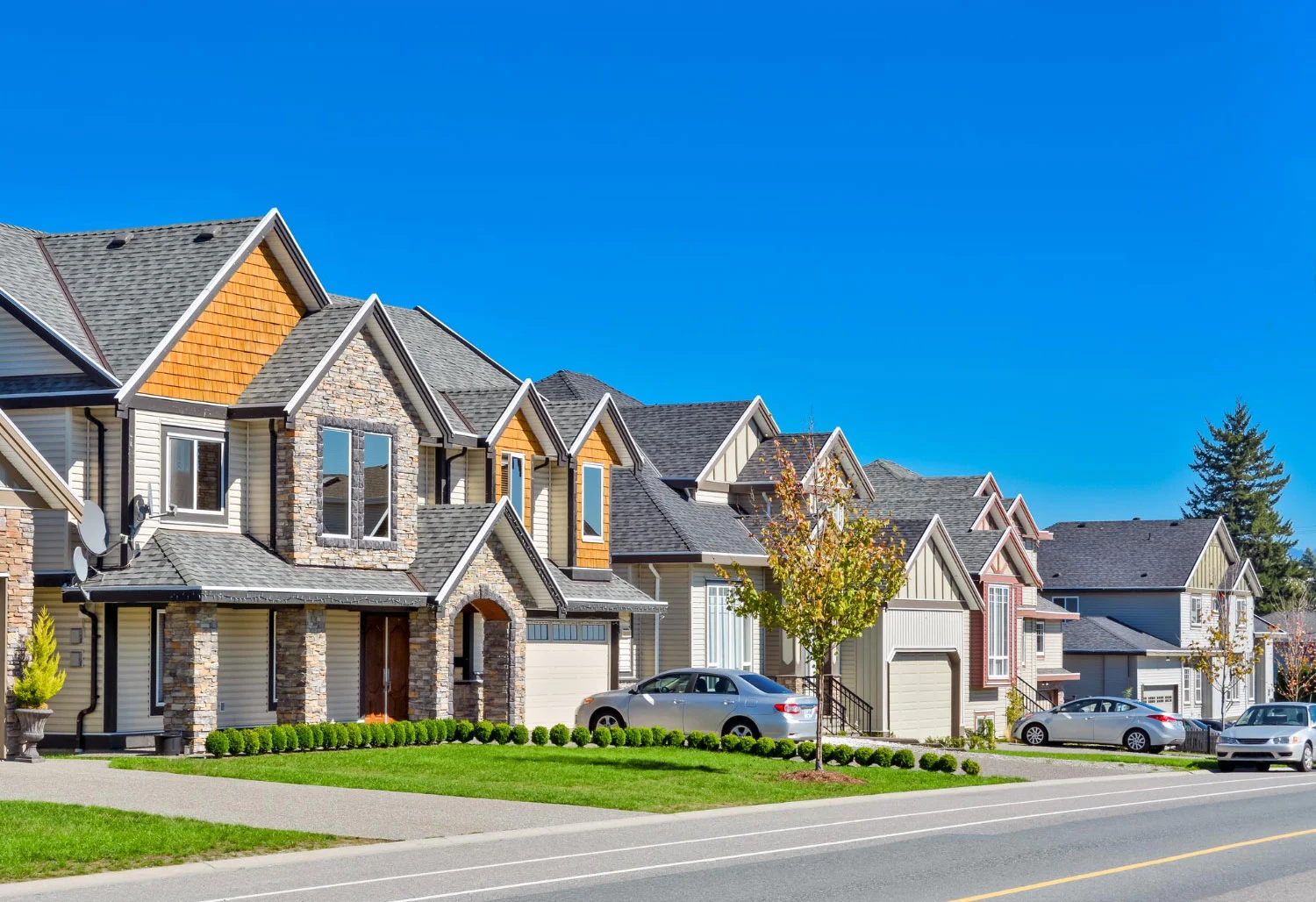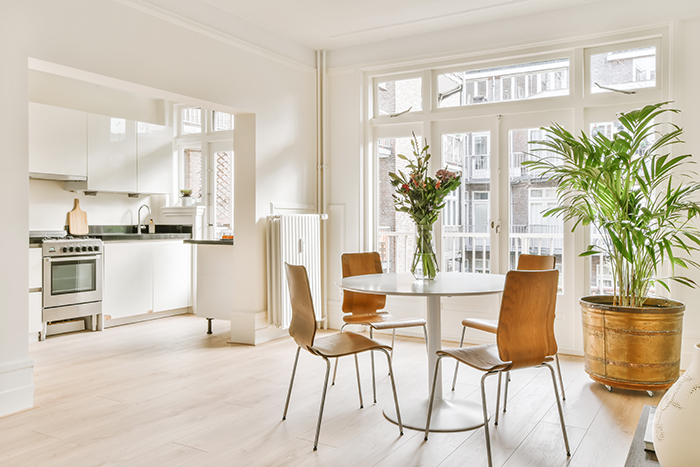test fr
test fr


test fr

The presence of mould in a home is alarming, especially since there are more than 100,000 species, including dry rot fungus.[1] Extensive mould growth can cause major health problems such as headaches, shortness of breath, and asthma symptoms.[2] Here are some tips for recognizing and eliminating mould while maintaining the air quality in your home.

Finding mould on walls
To grow, mould needs water and nutrients such as wood, gypsum, and dust.[3] It can also grow inside ventilation ducts, walls, and ceilings, where it can’t be seen. It usually appears due to high humidity levels or condensation caused by broken plumbing, water infiltration, or lack of ventilation.
Check out:[4]
It is not usually necessary to test surfaces or air quality for the presence of mould. Inspecting the roof, attic, siding, and joint seals is often the best way to find the cause and fix it.
Decontaminating your home
Affected surfaces should be wiped down with a clean cloth and all-purpose cleaner right away. Avoid chlorinated agents such as bleach.Dispose of deteriorated or porous materials in airtight bags or containers.
Properly ventilate the room and ask other occupants to stay away. If necessary, isolate the contaminated area with plastic sheeting.[5] To prevent contact with mould, wear rubber gloves, goggles, and a dust mask.
If the contaminated surfaces are bigger than one square metre, difficult to wash, or the mould comes back after cleaning, contact a company that specializes in mould decontamination.[6]
Preventing mould
A few simple steps can prevent mould from growing in your home:[7]
Anti-mould paint can also be helpful, especially in high-risk environments such as the bathroom.
Not sure if you’ve properly decontaminated your home? Bring in an expert to fix the problem. This will also ensure that the value of your home isn’t compromised.
[3] https://www.caaquebec.com/en/at-home/advice/tips-and-tricks/tip-and-trick/show/sujet/mould-in-your-house-get-rid-of-it
[4] https://www.quebec.ca/en/housing-territory/healthy-living-environment/finding-and-eliminating-mould-from-your-home
[5] https://www.caaquebec.com/en/at-home/advice/tips-and-tricks/tip-and-trick/show/sujet/mould-in-your-house-get-rid-of-it

Did you just receive a lease renewal notice? Have some questions? Browse this article to learn more about this regulated process. From modified conditions to rent increases, we’ve got all the info!

What is lease renewal?
In Quebec, lease renewal – or lease extension – occurs automatically on the same terms when the lease ends. It is generally renewed for the same length, except if the term of the lease is more than 12 months.[1]
However, the landlord may make certain changes (e.g., rent, heating, or parking). In this case, they must send a notice of rent increase and modification of another condition of the lease to each tenant.[2]
Lease renewal: deadline for giving notice
The deadline varies depending on the type of lease and its duration. For leases of 12 months or more, give 3 to 6 months’ notice. For leases of less than 12 months, give 1 to 2 months’ notice. Visit the Tribunal administratif du logement website to learn more.
What should be included in a lease renewal notice?
The notice must state the proposed changes including rent, length of the lease, and services provided. It must notify the tenant that they must respond within one month.[3]
The tenant can respond in three ways:
A tenant who refuses a rent increase or changes to the lease is not required to leave the premises. In this case, the lease will be renewed with an issue and both parties will have to come to an agreement or file an application with the Tribunal administratif du logement.[4]
Not responding to a renewal notice is equivalent to accepting it. If a tenant refuses a condition or decides to move out, they must inform the landlord by completing the lessee’s response to a notice of rent increase and modification of another condition of the lease form or a Notice of non-renewal of the lease.[5]
How do I know if a rent increase is valid?
There are no fixed rent increases.[6] However, the landlord must respect the foundations of the Civil Code of Québec that take operating expenses into account:[7]
Major repairs and improvements (e.g., roofing, doors, and windows) can also affect rent increases.
Thinking about leaving your dwelling? It’s best to do things in the right order, so make sure you find a new apartment before notifying your landlord!
[2] https://www.tal.gouv.qc.ca/en/renewal-of-the-lease-and-fixing-of-rent/changing-a-condition-of-the-lease
[3] https://www.tal.gouv.qc.ca/en/renewal-of-the-lease-and-fixing-of-rent/changing-a-condition-of-the-lease
[5] https://www.tal.gouv.qc.ca/en/renewal-of-the-lease-and-fixing-of-rent/changing-a-condition-of-the-lease
[7] https://www.tal.gouv.qc.ca/en/renewal-of-the-lease-and-fixing-of-rent/changing-a-condition-of-the-lease
Source: Centris